How Home Solar Systems Are Designed in AZ
 Assessment
Assessment  Consultation
Consultation  Mapping
Mapping  Design
Design  Placement
Placement  Production
Production
Attention Arizona Homeowners...
...Please Read!
If you're endeavoring to upgrade your home to solar in Arizona, be sure to read this first! The design aspect of your home’s solar panel system is unequivocally important, and we’ve broken down many key factors as to why:
Your Home Solar System Should Compliment In More Ways Than One
When properly designed, a home solar system will typically balance key elements of aesthetics with the most effective areas of panel placement. As an example, many solar panel systems are required to face a specific direction for optimal performance & production. However, not every home is constructed to seamlessly accommodate the perfect panel placement of both appeal & application. In light of this, the aforementioned balance between having a visually appealing solar panel system and one that is effective must be struck through careful & calculated design.

Denotations of Home Solar System Design
These fundamentals of home solar system design are applicable regardless of the preferred or required mounting system designated for the solar array, i.e., roof-mounted versus ground-mounted. A production-first model is typically adopted over the visual appeal; however, a good solar design team can achieve both simultaneously.
The Process of Designing a Home Solar System in Arizona
Each home solar system here in Arizona is largely different from even their immediate neighbor, which is why it’s extremely beneficial to understand the design stage of the whole home solar upgrade experience. Here is a breakdown of how most home solar upgrades begin, progress, & ultimately conclude for many Arizona homeowners that make the right choice of “going solar.”
Designing a Home Solar System
- Preliminary Solar Consultation
- Site Surveying & Assessment
- System Mapping
- Array Rendering
- Array Design & Placement
- Battery & Power Feed Placement
- Equipment Selection & Acquisition
- Utility Coordination
Often over the phone, the preliminary solar consultation allows the design team a headstart to begin crunching numbers, obtain projections for eventual solar production & future placement, and also gain a real sense of the homeowner’s true needs.
A solar expert visits the home that is expected to feature the solar equipment, array, panels, & battery in order to ascertain the layout of the property. This allows for crucial information to be gathered for the upcoming design of the system.
Once information regarding the layout & features of the property has been gathered as a result of the site survey/assessment, the solar design team can initiate the mapping aspect of the solar system design. Often this includes more than one plan set to achieve a balance between placement & performance.
Many solar system designs come with system-specific array renderings. Having a visible representation of how a solar panel system will not only function & perform but how it will be displayed can lend a lot of pivotal data to both the design team and the homeowners themselves.
Utilizing the information initially gathered from the consultation, site assessment, & renderings; the solar design team can organize & design a solar array that incorporates key panel placement to achieve maximized production & performance..
Similar to orchestrating where and how the solar panel array will be placed, the solar design team is also tasked with applying the same design standards for the battery pack & power source. It’s essential that both aspects work in tandem to ensure peak efficiency.
While each solar panel system is unique in terms of design, performance, & penchant for a sizable RoI, it’s worth noting that the type or brand of the equipment can and will affect the performance of the system overall, be it positive or negative.
Coordinating with the local utility companies (SRP, APS, TEP) is essential to the design & future performance of the upcoming home solar system. Moreover, including their requirements & regulations in the home solar design from the outsets is extremely beneficial as well.
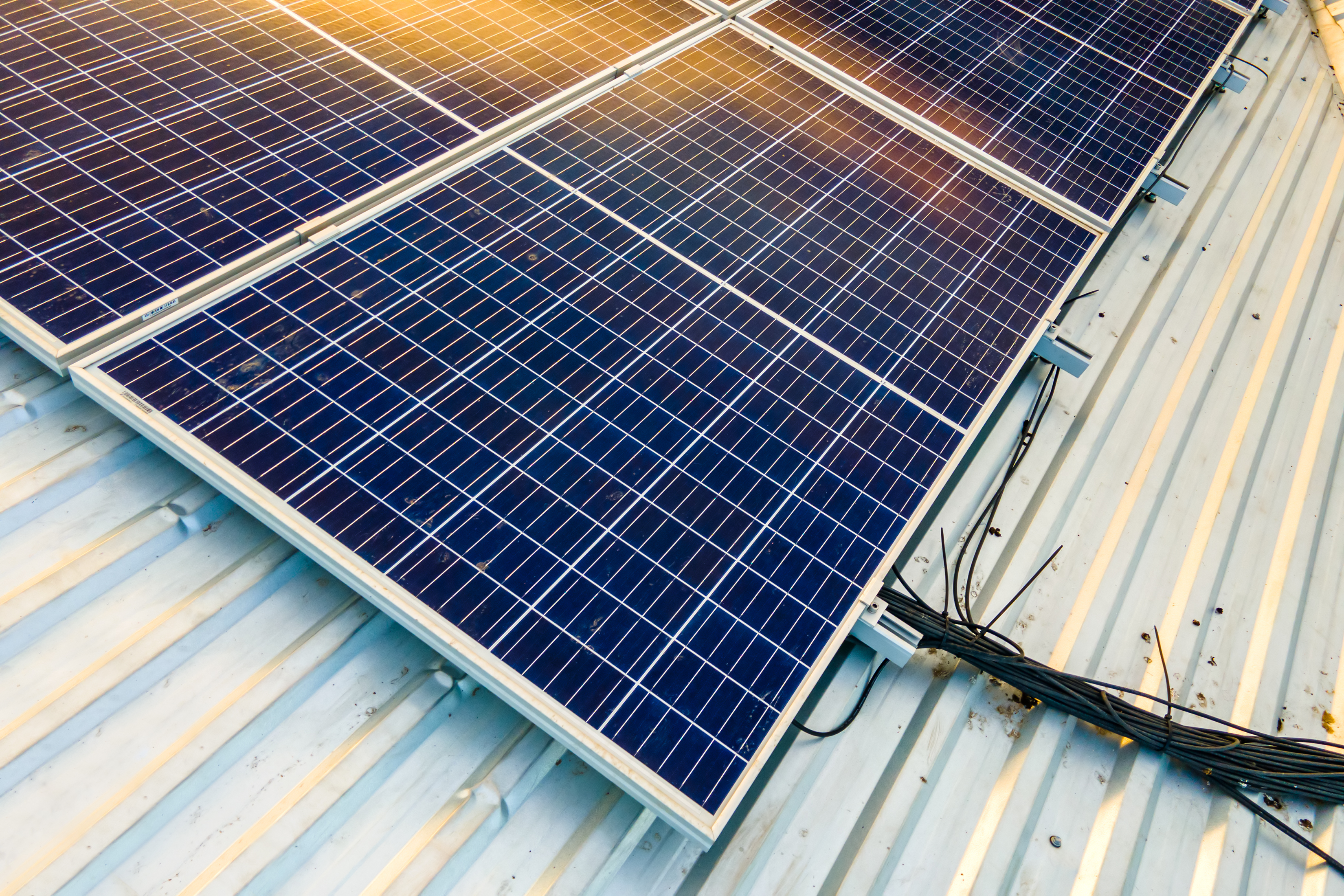
Home Solar Efficiency & Limitations
It is certainly true that solar panel systems, especially in the commercial sector, have improved drastically over the years in terms of production, output, durability, & overall longevity. However, it is prudent to understand that there are certain limitations of home solar panel systems, such as a shortened timeframe for photovoltaic production during inclement weather, certain times of the year, and every night that the sun sets. While this is applicable to every home solar system (even in sunny Arizona) that supports a residential property, it certainly should not be enough of a [de]motivating factor to discourage one’s pursuit of a home solar system altogether.
Economy of Solar Design Works Wonders
Moreover, there are several ways to overcome these somewhat trivial shortcomings, including designing & installing an ample, robust home solar system, upgrading the home to work efficiently with said solar panel system, and most importantly: designing the system with efficiency & constructing/installing it strategically.
Strategic Solar Panel Placement Is Essential
Depending on the size of the home’s roofing system or the area allotted for a ground-mount home solar system, it may fall upon the solar design team to get creative with the placement of the solar panels & solar batteries. In a perfect world, every home would feature a brand-new, south-facing roofing system with a 30° pitch/slope or a perfectly cultivated & leveled plot/parcel that features a cement foundation. Unfortunately, this is seldom the case, and certain home solar systems require a bit more resourcefulness & ingenuity during both the design & installation stages of the project to ensure maximum solar energy production.
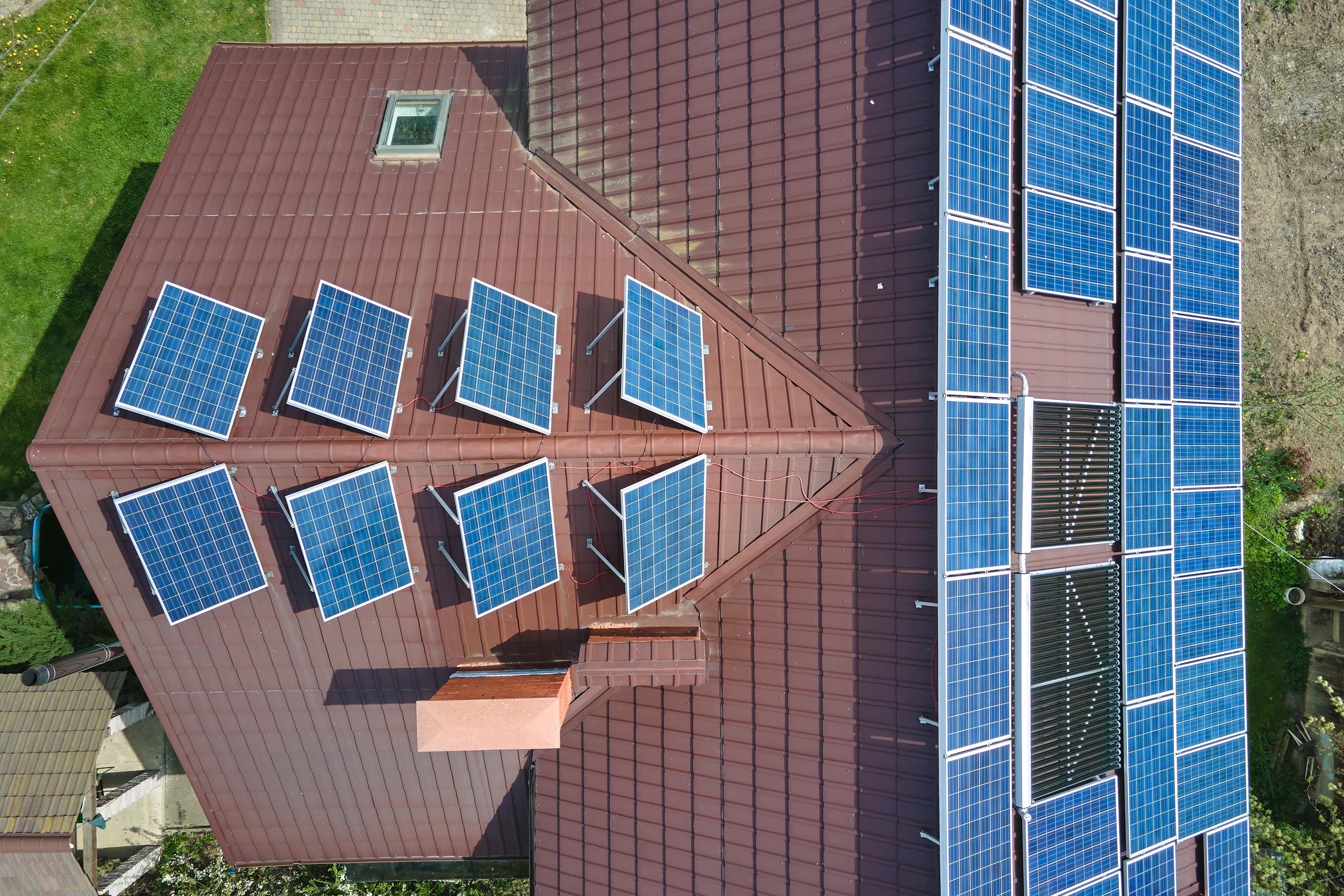
 Solar Panel Placement
Solar Panel Placement
In order to achieve the highest solar energy production possible, it’s important for solar panels to face directly south whenever possible to maximize direct sun exposure throughout the entirety of the day.
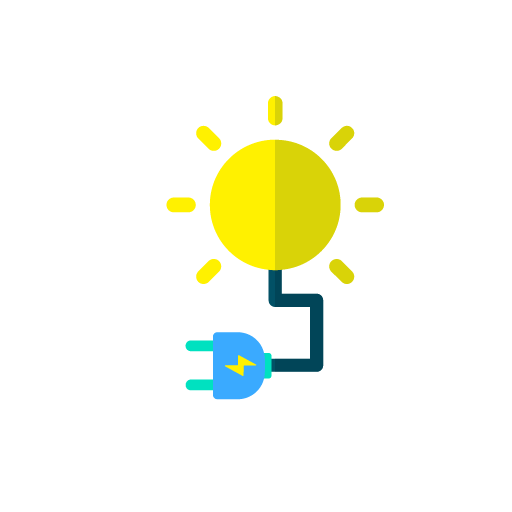
 Solar Panel Arrangement
Solar Panel Arrangement
If a home solar system is roof-mounted, it’s best to align the array with two critical factors in mind: the roof & array’s edges must be parallel to one another, and each array must be mounted at the same height.
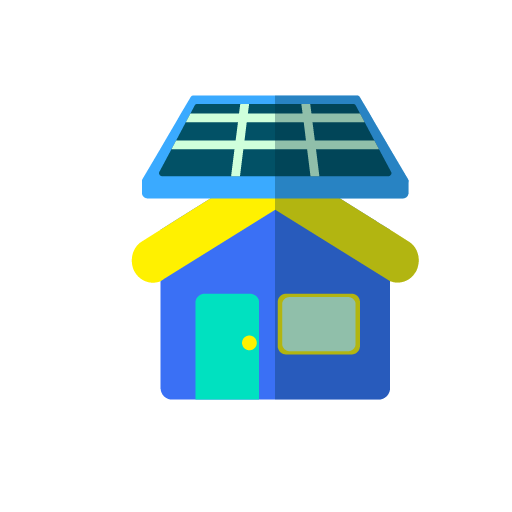
 Solar Panel Protection
Solar Panel Protection
Considering a home solar system is a very large, long-term investment for many homeowners in Arizona, safeguarding said solar panels are an absolute & undeniable must. Avoid overhanging tree branches or objects that shade the panels.
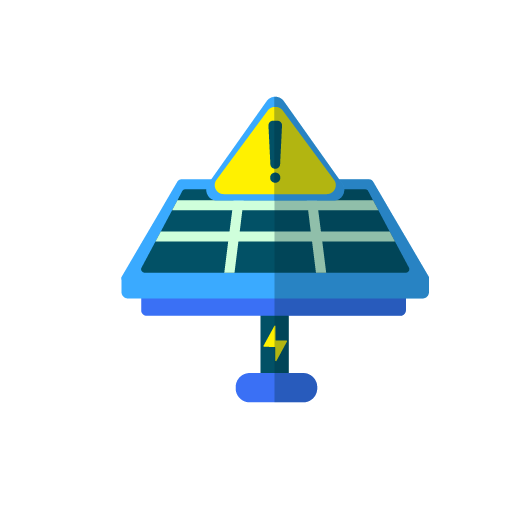
Addressing Obstructions & Solar System Impediments
Trees | Limbs | Branches | Buildings | StructuresAs mentioned before, determining where the solar panel arrays should be placed is equally as important as deciding what type of panels are to be used, how they’re to be mounted, or in what arrangement. But one thing is for certain: regardless of any of those other critical aspects of the solar system design, ensuring there are no direct obstructions or barriers of synthesis between the sun’s energy reacting with the photovoltaic panels to produce electrical energy is of crucial import. There are many such examples or causes for concern that every solar panel system design team will take into account when mapping & designing your particular home solar system.
Trees & Other Organics
Granted, it would seem that having a large tree with bird’s nest(s), bee hives, & loose branches is one of the greatest risks to a home solar system would be a widely understood notion, but we find it important to illuminate nonetheless.
Other Buildings or Structures
While it is often markedly easier to remove a problematic tree branch (if not the whole tree) that hinders direct sunlight to the panel or array in its entirety, another structure or building is an undeniably different challenge altogether.
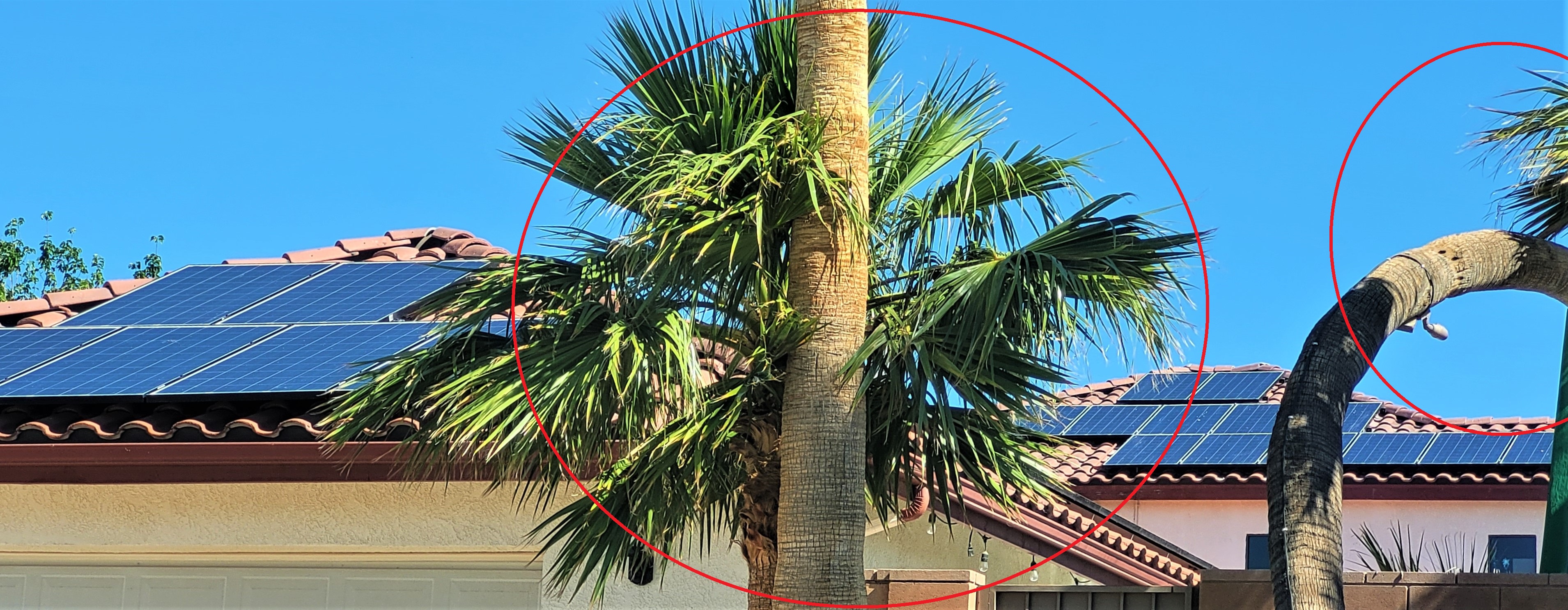
Solar Panel Quantity
V.
S.
Solar Panel Quality
Efficiency Is Effective
The age-old contention between quality versus quantity is just as applicable & prevalent when discussing proper home solar system design as nearly any relatable topic. Even more so, in specific circumstances:
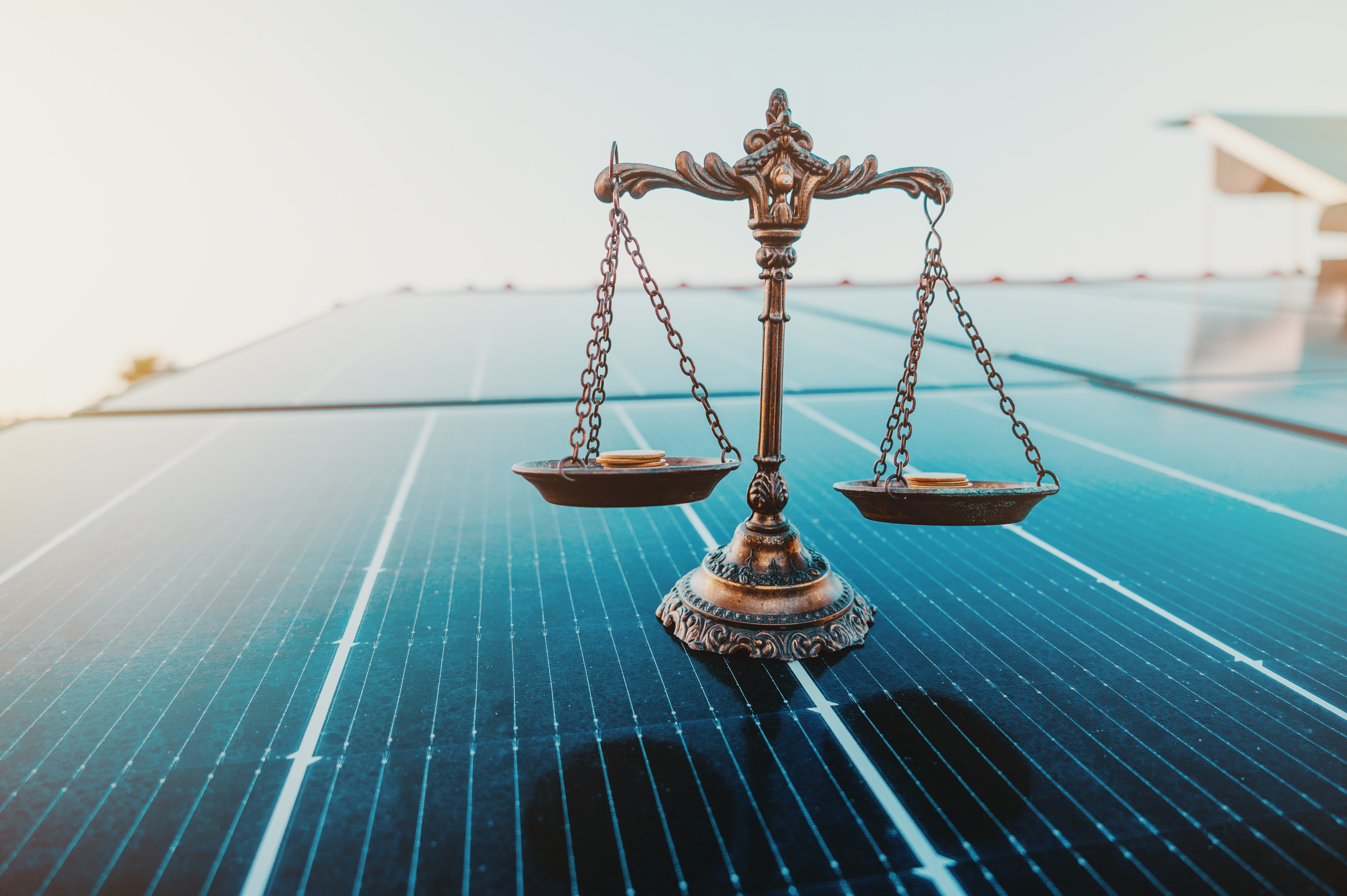
Panel Count
The amount of panels a home solar system can feature is restricted by an HoA (Homeowners Association)
Official Regulations
Local regulations, such as city codes, guidelines, or strictures, prevent an overabundance of solar panels dedicated to a single-home solar system
Space Allottment
The available space on the roofing system hinders how many solar panels a home solar system can safely & successfully support.
Sunlight Exposure
Direct sunlight for an array of solar panels comes at a premium in terms of solar panel placement due to obstructions (trees, branches, structures, buildings, etc.).
Solar Panel TYPE & COUNT Can Be Equally Important
Although these factors are worth mulling over when considering your home solar upgrade in Arizona, we do want to reiterate that not every perceived downside of the solar design experience is as daunting or dissuading as might be initially conceptualized. In fact, many of these minor faces of the design process are the reason why it’s essential to ensure your solar design team is diligent, thorough, & innately innovative. It will safeguard against potential system inefficiencies, projections of production, or the overall long-term benefits to be gained by upgrading your home to solar energy. Not to mention the fact that an experienced solar design team will be able to fashion a fully-customized, property-specific solar panel system that supports the home with reliable solar energy production and will stand the test of time and elements.
How Power Camel Ties It All In
As one of Arizona’s leading solar companies, we’ve developed quite the prevailing reputation not only amongst our valued clients & customers but also among our contemporaries & counterparts alike! And as an extension of that, we’ve made it a company-wide standard to only partner with skillful, honest, & experienced affiliates to fulfill the many vital roles needed during a home solar upgrade. These standards encompass our attitude towards all contractors, design teams, installation crews, & fellow solar companies, as well as any solar equipment, product, & system vendors.
Our Solar Services
Solar Sales
Solar Estimates
Solar Financing
Solar Assessments
Solar Consultations
Have Additional Solar Design Questions?
Be sure to get in touch with our solar experts if you have additional solar design questions, concerns, or require further clarification on a specific stage of the solar design process. We understand that the prospect of “going solar” in Arizona can feel disheartening or overwhelming for many homeowners, and we here at Power Camel are truly here to help. Call us directly for directives & direction!
